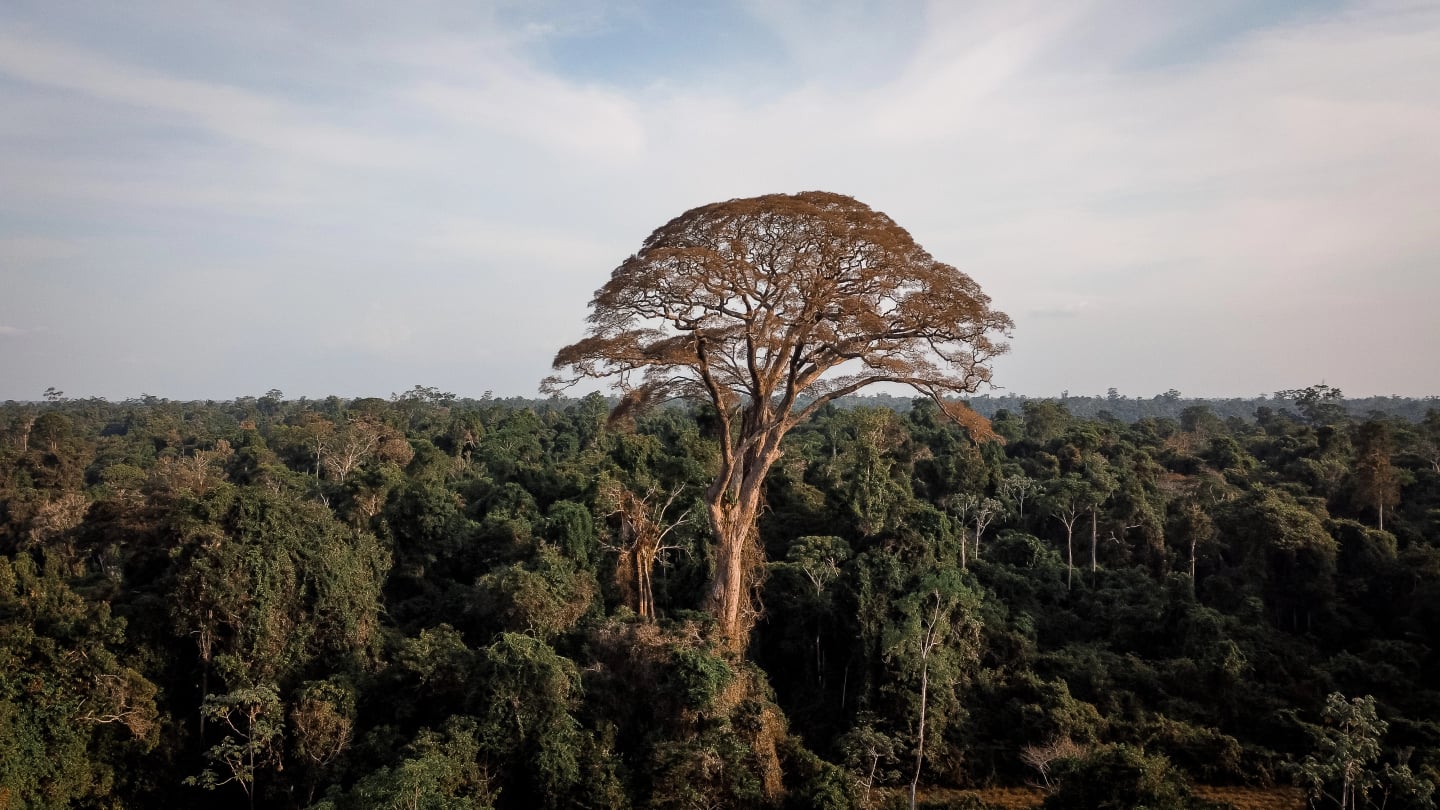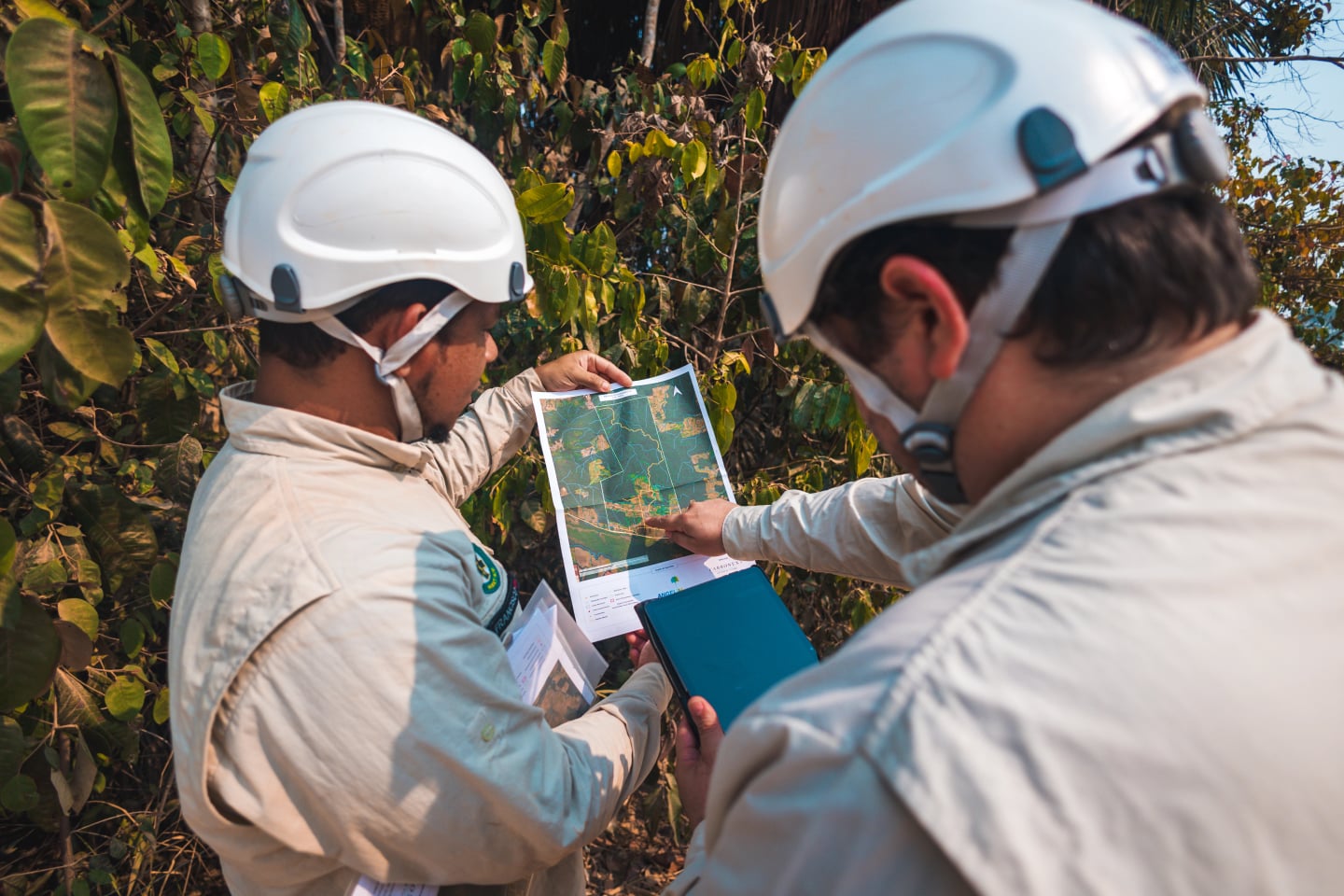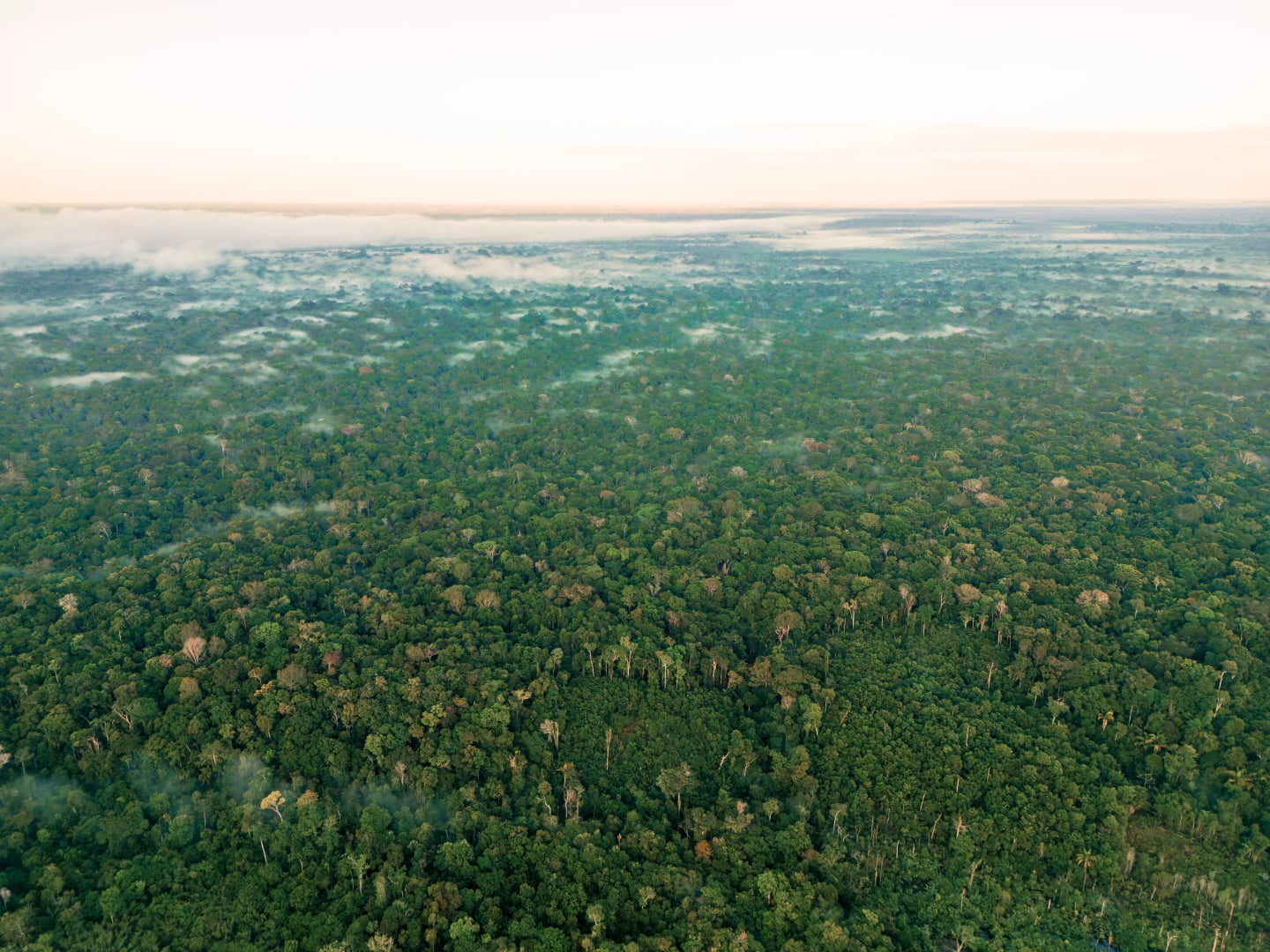
OUR PROJECTS
Projects that transform Brazilian biomes
See how we help change the world through impactful projects.
How carbon credits work in projects
Carbon credits play a fundamental role as a financing mechanism for initiatives focused on environmental protection, ecosystem restoration, and socioeconomic development. Created under the Kyoto Protocol, these credits were designed to fund actions that mitigate climate change by promoting the reduction of greenhouse gas (GHG) emissions worldwide.
Carbon credits are generated as byproducts of well-designed and well-implemented impact strategies in projects that aim to prevent or capture GHG emissions. To be validated, a carbon credit must go through a rigorous certification process that ensures the emission reductions are real, measurable, and additionally, that they would not have occurred without the project.
Additionally, projects certified under the Climate, Community and Biodiversity Standards (CCB) offer co-benefits by ensuring that the initiatives not only contribute to climate mitigation but also generate positive impacts for local communities and biodiversity. These projects aim to protect the environment, empower communities, and conserve natural resources.
Thus, carbon credits are more than just a market tool—they are an essential mechanism for implementing projects that make a real difference in the fight against climate change. By funding these initiatives, carbon credits help ensure a sustainable future for both the planet and its people.
Certifications and sustainability
Carbonext’s projects play a vital role in contributing to the United Nations Sustainable Development Goals (SDGs). Each project is carefully designed not only to reduce carbon emissions but also to promote environmental, social, and economic sustainability.

The Sustainable Development Goals (SDGs) are a set of 17 global objectives established by the United Nations in 2015 as part of the 2030 Agenda for Sustainable Development. These goals address the world’s most pressing challenges, including poverty, inequality, climate change, environmental degradation, peace, and justice. The SDGs represent a shared vision for people and planet, now and into the future, and call on governments, businesses, and civil society to work together for a more sustainable and just world.
The CCB (Climate, Community & Biodiversity) certification is an international standard that assesses carbon projects based on their positive impacts on the climate, local communities, and biodiversity. Projects certified under the CCB standard demonstrate not only measurable reductions in greenhouse gas emissions but also contribute to biodiversity conservation and generate meaningful social benefits for local communities.
At Carbonext, we take pride in developing projects that meet the rigorous requirements of the CCB standard, ensuring comprehensive and lasting benefits for the environment and society.
The Climate, Community & Biodiversity (CCB) certification complements and strengthens our commitment to the UN Sustainable Development Goals (SDGs). CCB-certified projects must demonstrate tangible and verifiable benefits for the climate, communities, and biodiversity, aligning directly with several SDGs. For example, the biodiversity protection promoted by CCB projects supports SDG 15, while the social and economic benefits delivered to local communities contribute to SDG 1 (No Poverty) and SDG 10 (Reduced Inequalities). By developing projects that meet the strict criteria of the CCB standard, Carbonext ensures that its initiatives not only contribute to climate change mitigation, but also promote inclusive and sustainable development, in full alignment with the UN’s global objectives.
Project Types
Our Projects
Learn more about our projects, where our carbon credits are generated.
We conserve standing forests and invest in community development programs, job creation, and training, promoting integrated and sustainable impact.
Our projects generate positive impact
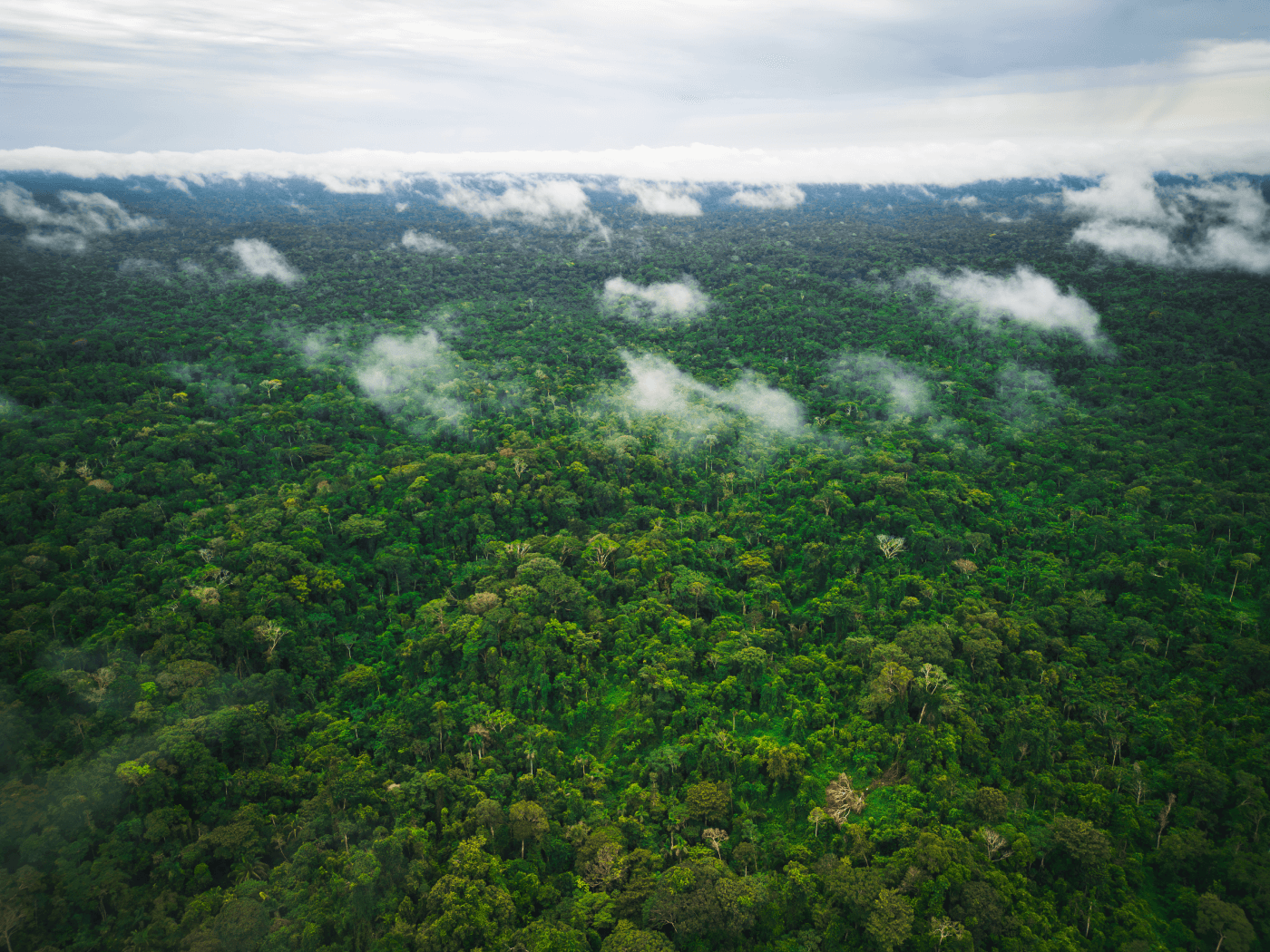
7.3 million
hectares monitored
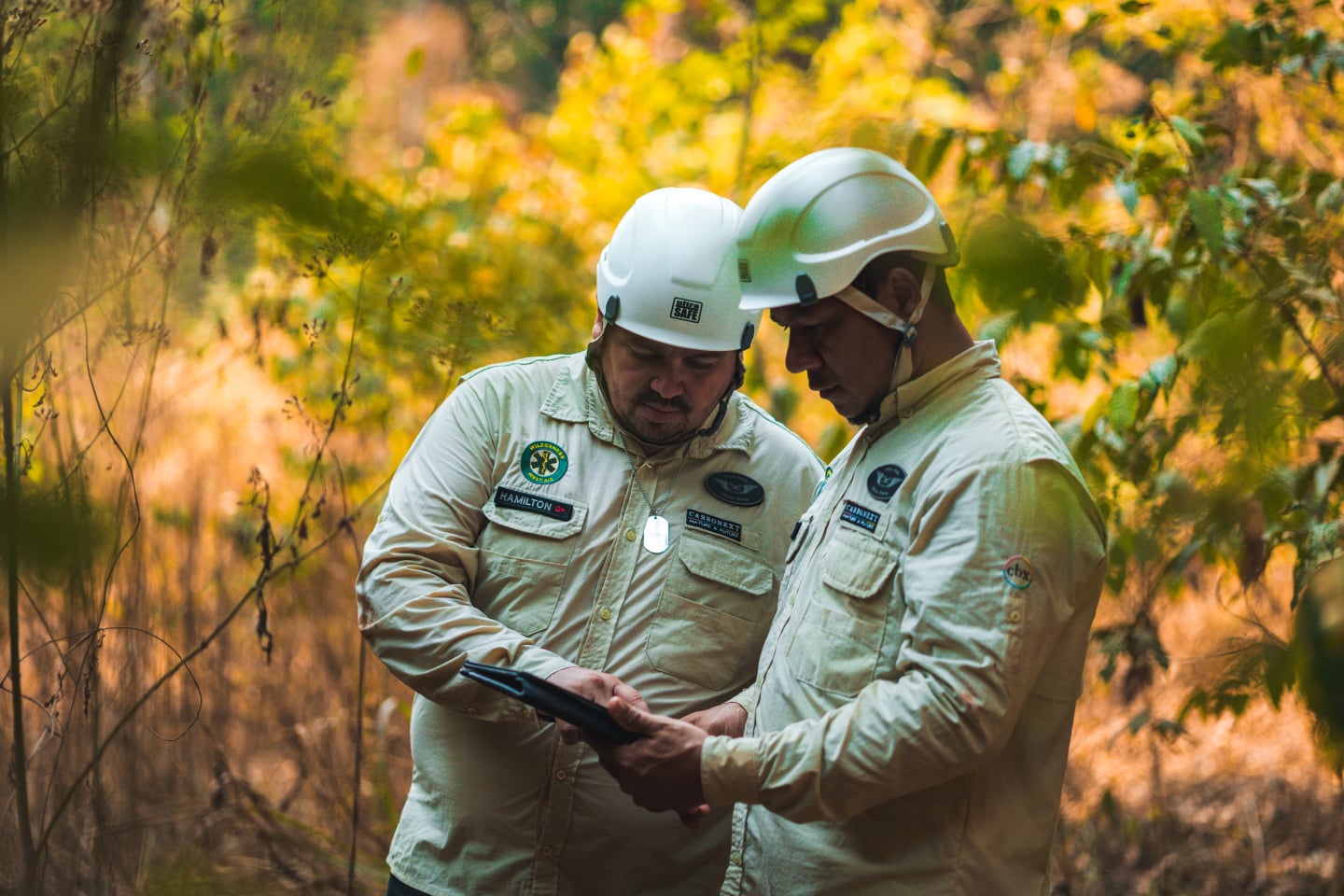
10
projects under development

4,775
families benefited

5 million
tonnes of avoided CO₂ emissions

1,785
protected fauna species

1,684
protected flora species




